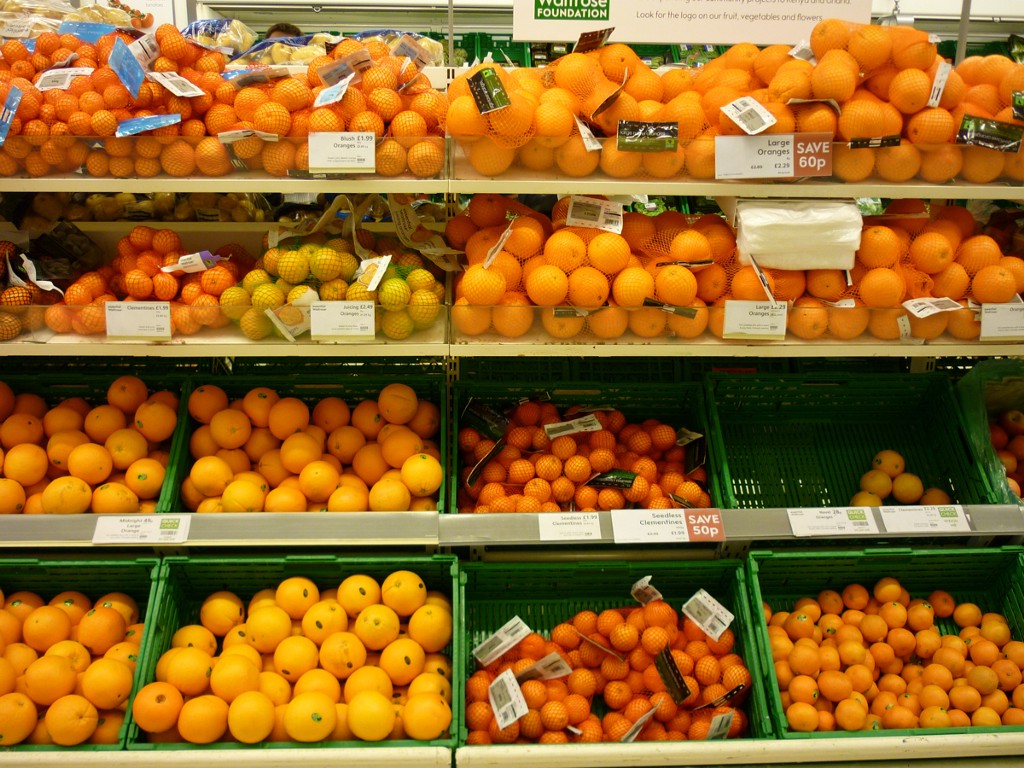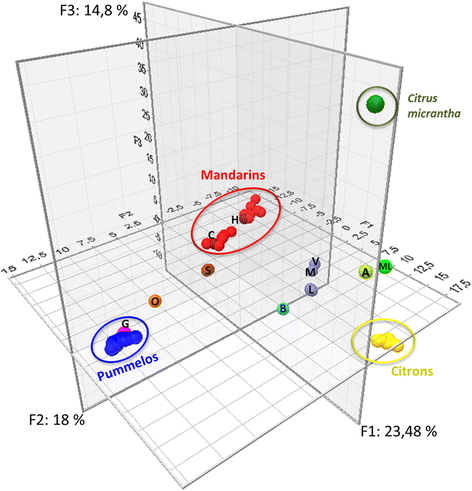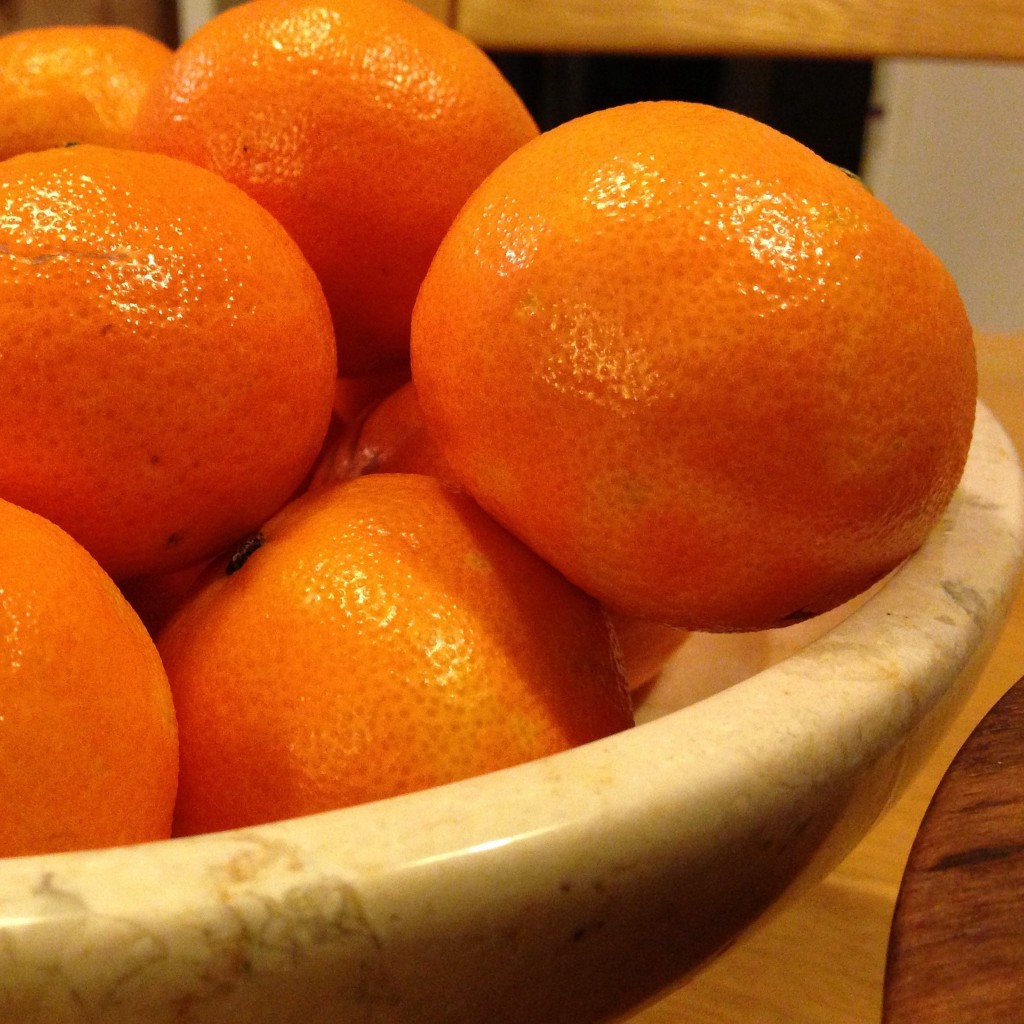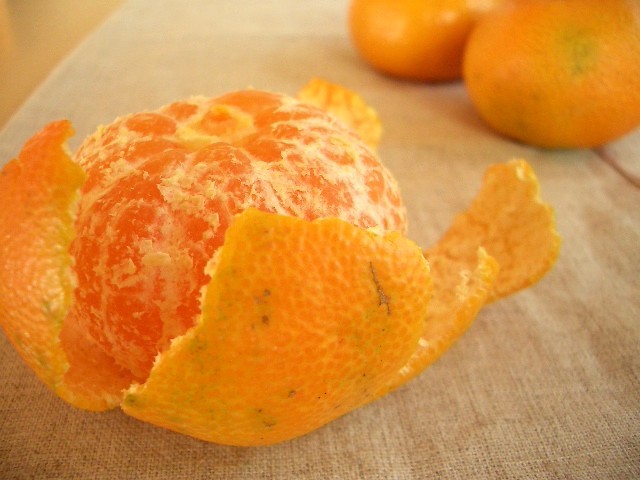Satsuma Mandarins Are The Best Citrus
Hybrids be quiet, a species is talking.

My family moved around a lot, but one constant at Christmastime at my parents’ house is Satsuma mandarins—in a fruit bowl in the kitchen, or in the toe of my stocking. They come into season in November, hit the grocery shelves just after Thanksgiving and they are the best citrus by about a mile and a half.
Satsumas are mandarins, but they are not to be confused with clementines, oranges, or even tangerines (more on that later). They’re sweet like honey, with just the tiniest bit of acid, and the flesh of the fruit itself—those pulp things are called JUICE VESICLES—is incredibly tender. Their skins are loose and almost leathery looking and they are insanely easy to peel, almost like they come pre-peeled from the inside. They don’t have much of that white pith stuff, also known known as mesocarp or albedo. They’re a perfect winter treat at any time of day and they’re so small and fun-size you can eat two or three of them.
YO DID I MENTION THEY WERE SEEDLESS?
Get out of my face with your Sweeties® and your Cuties®.
The Big War Over a Small Fruit

Cuties® are the mass-market paperbacks of citrus fruits, and by the way they are actually clementines. Clementines are technically a hybrid of the Mandarin orange species (Citrus reticulata) and the sweet orange, which is actually a hybrid between the pomelo and the Mandarin orange. Are you confused yet?
Citrus is the genus, but very few of the fruits we know are actual species—most of them are hybrids. Citrus taxonomy is wild (Google the Swingle system), but basically everything is part pomelo or part Mandarin or part Citron, mixed with some other shit. That’s how you get those Buddha’s hands things and finger limes. Yeah, finger limes. Alllll of these things are total fucking mutants.
Here is a helpful primer on Mandarins:
The master category that these fruits fall into is Mandarin oranges or “Mandarins.” Compared to oranges in general, Mandarins tend to be smaller in size, have a looser peel, and are less tart. They originated in the Far East and were originally exported through North Africa, where they were all tagged with the name “tangerine,” from the city of Tangiers. However, the name “tangerine” has become less generic and is now usually applied to only one kind of Mandarin orange as stores have come to market the different cultivars — so while all tangerines are Mandarins, not all Mandarins are tangerines.
Clementines are hybrids of Mandarin oranges and sweet oranges. But they’re often called “seedless tangerines,” which is admittedly confusing. Anyway, not to be racist or anything but Satsuma mandarins are a pure genetic treasure, and badass for many reasons.

The Satsuma’s Latin name is straight-up Sino-Japanese: Citrus unshiu. The Chinese name, Wenzhou migan, means “honey citrus of Wenzhou,” a city in the Zheijang Province. The English name for the fruit is the province in Japan it comes from, and it was brought to America by the clever Jesuits. They also brought the fruit to the U.S. by way of Louisiana.
They’re extremely cold hardy and can withstand major frosts. They don’t pack or travel too well because of that whole “loose skin” situation, so the quality control on these babes is A+, you basically get what you see (nobody likes a bad-citrus surprise). The Wikipedia entry for unshius reads, “the satsuma also has particularly delicate flesh, which cannot withstand the effects of careless handling.” Same.
Their skin and juice has a beautiful, deep red-orange color that is not unlike that of the yolk of a fresh and omegaful farm egg. Somehow this makes a ton of sense on the nature-ripeness scale of green to red, where green is a bitter, tough, tight, unripe fruit, and red is a tender and sweet fruit at the absolute peak of its deliciousness, before it turns and its sugars ferment into some sort of booze.
Cuties® and Sweeties® are first of all, branded, and second of all not very delicious or consistent. Sometimes those fuckers have seeds in them. Sometimes they’re all dry and tight and shriveled and neither juicy nor sweet. Sometimes they taste like nothing at all. Their skin is all taut and shiny and yes they seem convenient and they come in a cute box with a picture of a fruit getting UNZIPPED and they’re miniature fun-size, but they also have a website and a fucking Snapchat channel. Like I said, get out.

Behold, winter’s perfect, loose-skinned, thornless beauties. They grow from seed, and they take about eight years to produce fruit. Chōzaburō Tanaka, a Japanese botanist and biologist concluded the place of origin of Satsuma is in the Kagoshima prefecture of Japan, where it was a “chance seedling” of one of three possible citruses from Huangyan district of Zhejiang, in China, and appeared in the early Edo period, around the early seventeenth century.
Pick some up at the grocery store; I promise you won’t be disappointed. They’re perfect little berries of liquid gold, and for a brief second or three, eating one will make you feel happy. There’s also a little afterglow with the peel, which gives off a lovely, round perfume. Then you throw it all away and get on with your miserable life. Happy Holidays!
